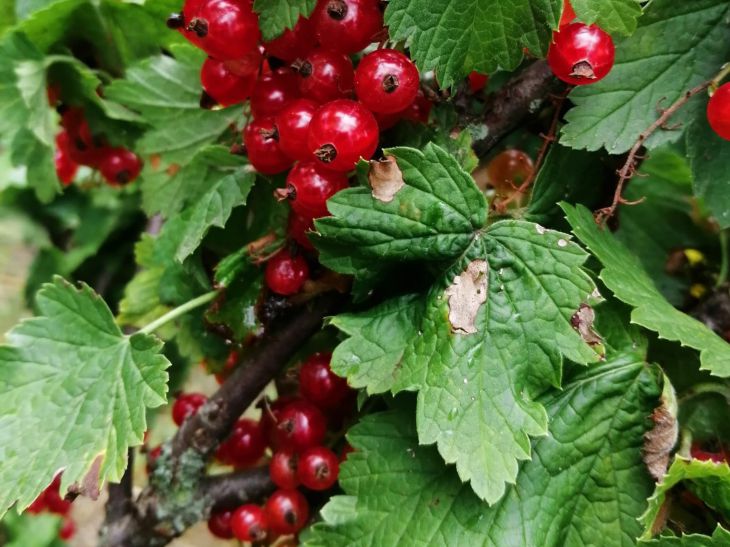Two weeks after the currant bush has finished blooming, a glasswing butterfly arrives, disguised as a wasp.
This small pest loves warm weather and is found mainly until August. At a height of 70 cm, the female insect can lay 60 eggs, placing them in cracks and wounds in the bark of the plant.
The caterpillars appear after 10 days, burrow into the branches through cracks or buds, eating out the core, says Anastasia Kovrizhnykh .
During its entire life, the pest can gnaw out the base of several branches, moving to larger trunks. They can overwinter in their home, the length of which can reach up to 50 cm. With the arrival of spring, some of the caterpillars turn into butterflies.
The rest remain to overwinter the following year, settling in thicker branches. Only when the third year begins will they all pupate, infecting more and more currant branches.

All types of currants and gooseberries are susceptible to attack; resistant varieties have not yet been developed.
Signs of defeat
It is almost impossible to immediately recognize that a branch has been attacked by an insect. One of the indicators is small berries and leaves.
When pruning a bush, the infected cut of the branch will be riddled with passages filled with excrement or skins from the pupae.
Late detection of the parasite leads to intensive drying of the plant at the very beginning of berry formation.
This indicator becomes obvious only at the beginning of the second year. Some branches break off by themselves, and ready butterflies fly out from the breakage sites to continue the race.
Insect Prevention
Buy currants in special nurseries. Choose healthy and young bushes.
When cutting damaged branches, carefully examine the cut areas.
Inspect the plant every 20 days during flowering. Cut off damaged branches 5 cm below the point of drying.
It is recommended to burn all removed sticks, and treat the cut site with a disinfectant solution.
Folk methods of fighting insects.
A trap made from a jar of blackcurrant jam (diluted with water 1:1) is effective in catching butterflies. You can hang two jars on one bush.
Between the currants you can set traps with sand, which will be saturated with a strong smell: pine, wormwood, garlic or other natural aromas.
Planting under a bush of tomatoes, elderberries or other aromatic herbs repels pests. But bird cherry should not be planted nearby, as it, on the contrary, attracts the glassworm.
It is also possible to use biological suspensions for treating currant cuttings before planting in the ground. Before the procedure, carefully study the instructions for use, follow the safety rules.
Previously we reported on growing large and sweet watermelons .









